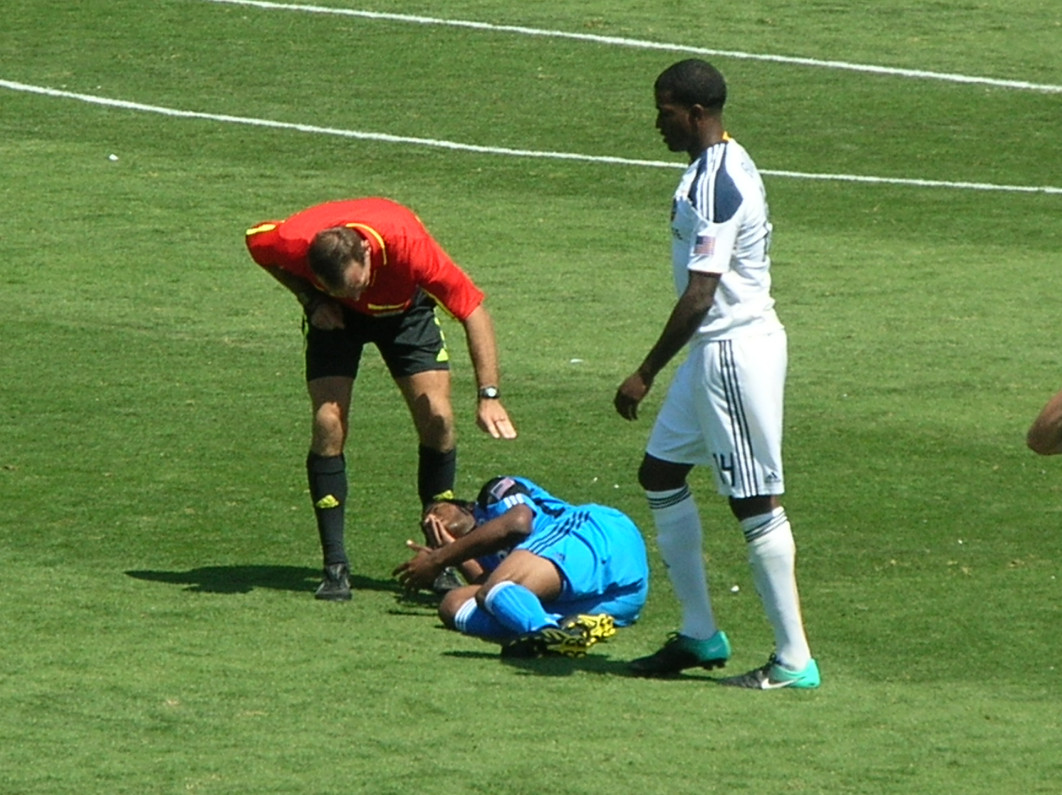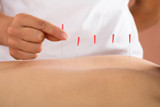Understanding the Most Common Sports Injuries
Sports injuries can sideline athletes and active individuals. While preventing some of these injuries is impossible, understanding them can help in minimizing risks and promoting effective recovery. Physical therapists frequently encounter various common sports injuries, each with distinct causes and treatments. Here’s a comprehensive look at some of the most prevalent sports injuries, how they occur, and the treatments required for healing.
Shin Splints
What Are Shin Splints: Shin splints are characterized by shooting pain along the front of the lower leg.
How They Happen: This injury commonly affects runners or individuals who drastically increase their exercise intensity. The pain is due to inflammation of the muscles, tendons, and bone tissue around the shin. In severe cases, shin splints can be associated with stress fractures.
Treatment: Rest is crucial. Ice can reduce inflammation, and proper footwear helps in preventing recurrence. Stretching and gradually increasing exercise intensity are essential preventive measures. Severe cases may require a medical evaluation to rule out stress fractures.
ACL Tear
What It Is a ACL Tear: The anterior cruciate ligament (ACL) is a crucial ligament that connects the thigh bone to the shinbone at the knee.
How It Happens: ACL injuries often result from sudden stops, changes in direction, or landing awkwardly from a jump. These movements place excessive stress on the ligament, leading to partial or complete tears.
Treatment: Immediate medical attention is necessary for severe ACL tears. Treatment often involves surgery followed by physical therapy to restore strength and stability to the knee. Non-surgical options include rest, bracing, and rehabilitation exercises.
Knee Injuries
What Are Knee Injuries: Knee injuries encompass various conditions, including ligament strains, meniscus tears, and patellar tendonitis.
How They Happen: Such injuries frequently occur in sports involving jumping, pivoting, or direct impacts to the knee. Repeated stress and improper movements can damage knee tissues.
Treatment: Initial treatment involves rest, ice, compression, and elevation (RICE). Persistent or severe injuries require professional assessment, with possible interventions including physical therapy, bracing, or surgery.
Tennis or Golf Elbow
What Is Tennis or Golf Elbow: Tennis elbow (lateral epicondylitis) and golf elbow (medial epicondylitis) involve inflammation and degeneration of the tendons around the elbow.
How They Happen: Repetitive motions, such as backhand strokes in tennis or swinging in golf, lead to these conditions. They are prevalent in athletes aged 30 to 60.
Treatment: Rest, ice, and anti-inflammatory medications are initial treatments. Physical therapists can prescribe specific exercises to strengthen the forearm muscles and address mechanical issues contributing to the stress on the tendons.
Groin Pull
What Is A Groin Pull: A groin pull involves the muscles in the inner thigh.
How It Happens: Sudden movements, such as changing direction quickly, can overstretch these muscles. Sports like soccer, hockey, football, and basketball have higher incidences of groin pulls.
Treatment: Rest and ice are critical in the initial phase. Physical therapy focuses on gentle stretching and strengthening exercises to prevent recurrence.
Hamstring Strain
What Is A Hamstring Strain: A hamstring strain involves injury to the three muscles at the back of the thigh.
How It Happens: Overstretching or overusing the hamstrings, often during activities involving running or rapid acceleration, leads to strains.
Treatment: Rest, ice, and compression help in the early stages. Avoiding activities that stress the hamstring is crucial to prevent prolonging recovery. Physical therapy aids in gradual rehabilitation through specific stretching and strengthening exercises.
Sciatica
What Is A Sciatica: Sciatica refers to pain along the sciatic nerve, which runs from the lower back through the buttocks and down each leg.
How It Happens: Improper stretching, herniated discs, or tight muscles can compress the sciatic nerve. It often affects one side of the body and is common in sports like running, tennis, golf, and cycling.
Treatment: Immediate medical attention is necessary for severe cases. Physical therapy focuses on exercises to relieve nerve pressure and improve flexibility and strength.
Hip Flexor Strain
What Is A Hip Flexor Strain: The hip flexors are a group of muscles that assist in lifting the knee and leg.
How It Happens: Overstretching or tearing these muscles, often due to sudden direction changes or intense movements, causes hip flexor strains. Sports like soccer, football, hockey, and martial arts are common culprits.
Treatment: Rest, ice, and pain medications help in minor cases. Physical therapists may recommend hip-strengthening exercises and gradual return to activity to prevent future injuries.
Understanding these common sports injuries and their treatments can help athletes and active individuals manage and prevent them effectively. If you experience severe pain, swelling, bruising, or any noticeable deformity, seeking immediate medical attention is essential. Physical therapists play a crucial role in diagnosing, treating, and rehabilitating sports injuries, ensuring a safe return to activity and reducing the risk of future injuries. By following proper techniques and preventive measures, athletes can stay healthy and continue enjoying their favorite sports.
Related Blog Posts:
Harnessing Cold Therapy for Post-Exercise Inflammation Relief
Related Information:
Sport Injures (National Institute of Arthritis and Musculoskeletal and Skin Diseases)
Related Physical Therapy Products:
Recent Posts
-
Acupuncture vs. Dry Needling: What’s the Difference?
At first glance, acupuncture and dry needling might seem identical. Both involve inserting thin need …Jun 11th 2025 -
What Is Dry Needling? A Modern Approach to Pain Relief and Muscle Recovery
Chronic muscle pain, tension, and restricted movement can significantly impact your daily life, sign …Jun 11th 2025 -
The Kinetic Chain and Its Importance?
The kinetic chain is a key principle in physical therapy, referring to the way muscles, joints, and …Apr 18th 2025



